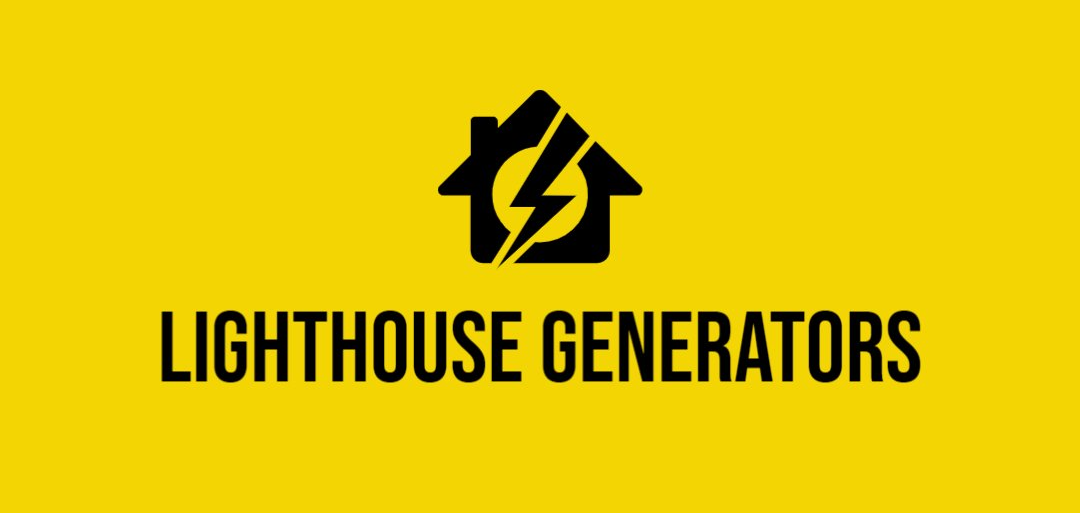
Generator Installation
Process of Installing Your Generator
Installing a generator can be a complex process, and it's essential to ensure that it's done correctly to guarantee that the generator will operate reliably when it's needed. Here is a general overview of the generator installation process that we follow.
Site Assessment and Planning: The first step in the generator installation process is to conduct a site assessment. This assessment will help to determine the generator's size and capacity required to meet the site's energy needs. We will need to evaluate the site's electrical infrastructure and determine how the generator will be connected to the electrical system. We will also need to plan for the generator's placement and ensure that the site has the necessary permits and approvals to proceed with the installation.
Generator Delivery and Preparation:
Once the site assessment is complete, we schedule the delivery of the generator. We will need to make sure that the generator is unloaded and stored safely until it's time for installation. We will also need to prepare the generator for installation by ensuring that all components are present and accounted for, and that the generator is in proper working condition.
Generator Installation: The installation process will involve several steps, including setting the generator in place, connecting it to the electrical system, and installing any necessary fuel lines. We need to ensure that all connections are secure and that the installation is in compliance with all applicable safety codes and regulations.
Electrical System Integration: Once the generator is installed, we will need to integrate it with the electrical system. This will involve connecting the generator to the automatic transfer switch (ATS), which will monitor the power supply and automatically switch the electrical load to the generator when the power goes out. We will need to ensure that the ATS is configured correctly and that the generator's settings are adjusted to match the site's energy needs.
Testing and Commissioning: Before the generator can be put into service, it must be tested and commissioned. This process will involve starting the generator and verifying that it's operating correctly. We will need to perform load testing to ensure that the generator can handle the site's electrical load. We will also need to verify that the ATS is working correctly and that the generator is providing clean and stable power.
Ongoing Maintenance and Support: Once the generator is installed and commissioned, it's essential to ensure that it's properly maintained to ensure reliable operation. We can develop a maintenance schedule and provide ongoing support to the site to address any issues that may arise.
Installing a generator requires careful planning and execution. We follow these steps to ensure that the installation is done correctly, and the generator will provide reliable backup power when it's needed. By providing high-quality installations and ongoing support, we help our customers ensure that their facilities remain operational during power outages and other emergencies.
Interested in our services? We’re here to help!
We want to know your needs exactly so that we can provide the perfect solution. Let us know what you want and we’ll do our best to help.

Contact Details
Phone No:
Email:
Site Links
| Powered by Snapps